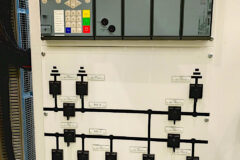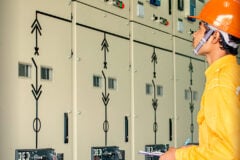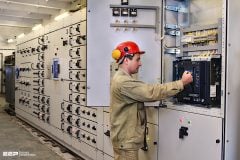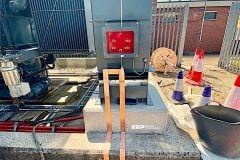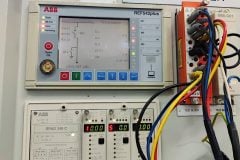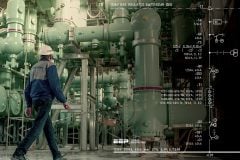Erection of MV switchgear
Electrical engineers working on project execution know that switchgear erection brings many challenges, no matter the voltage level. The switchgear cannot always be assembled in the factory and shipped to the site as a complete plant, so it is usually necessary to pack the equipment in its individual cubicles, ship it to the site, and eventually erect it.
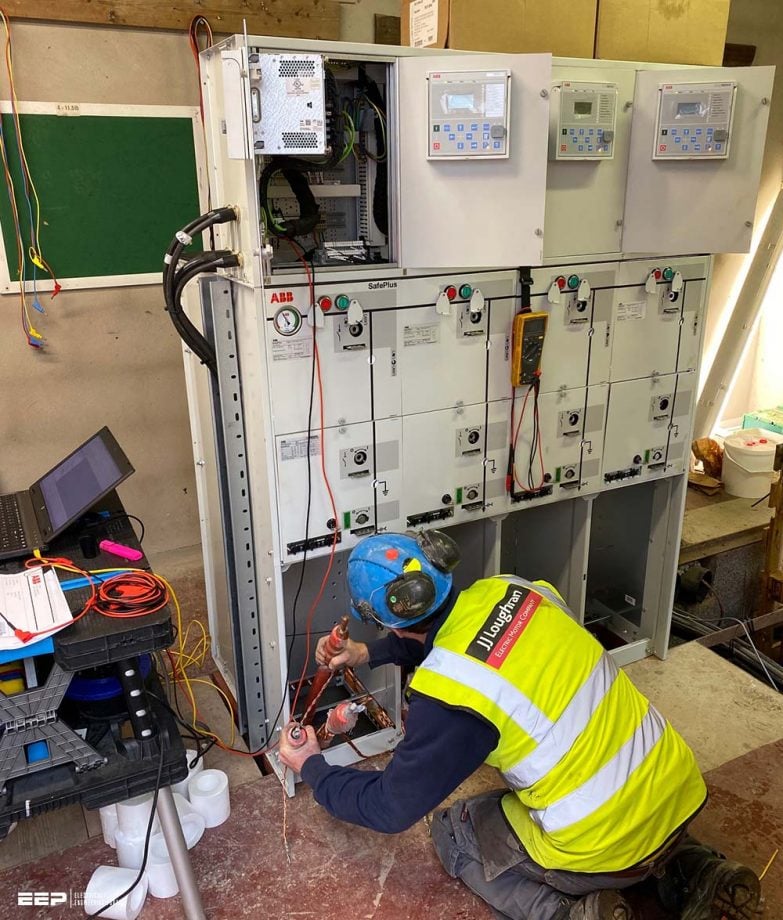
Erection includes the setting in place of these cubicles, their interconnection both mechanically and electrically, and the fitting of any extra relays together with the power and control cables. The chambers may have to be filled with insulating media of different types.
Once the equipment has been erected it needs to be commissioned, which is defined as the work of testing and finally placing in service of the installed apparatus.
The focus of this technical article will be the metal-enclosed switchgear (switchgear assemblies with an external metal enclosure intended to be earthed, and complete except for external connections), and metal-clad switchgear (metal-enclosed switchgear in which components are arranged in separate compartments with metal enclosures intended to be earthed).
1. Storage of MV switchgear
It is best to deliver the switchgear cubicles at a time convenient for their immediate erection. However, it sometimes (often) happens that the site works are delayed, in which case the switchgear must be stored carefully until it is needed.
On delivery, it is important to check that all items are present and correct in accordance with the delivery note and then to store these components carefully to ensure that no parts go astray.
If possible, arrangements should be made to keep the building temperature in excess of the dew point so that condensation on the equipment is prevented and thereby the plant is protected from corrosion.
Figure 1 – An example of medium voltage switchgear storage


2. Erection
Before commencing erection it must be ensured that the workforce is in possession of all the drawings and instructions required to erect the equipment, which is normally provided by the manufacturer. The substation in which the switchgear is to be erected should be as clean and dry as possible and all debris should have been cleared away.
During erection particular attention should be paid to a number of points:
- Dirt and debris should be excluded from partially erected cubicles.
- All openings that are not in immediate use should be blanked off or covered by clean sheets.
- All electrical insulation should be kept clean and dry by being kept covered and, if necessary, heated.
- Materials that have been issued from stores and not yet used on erection should be stored safely and tidily.
When handling the cubicles and major components care should be taken to observe the correct lifting arrangements and to make certain that slings are attached to the manufacturer’s designated lifting points. This ensures that no parts are subjected to undue strains or sudden stresses which could result in disturbed settings or other damage.
Figure 2 – Lifting the MV cubicle from the truck
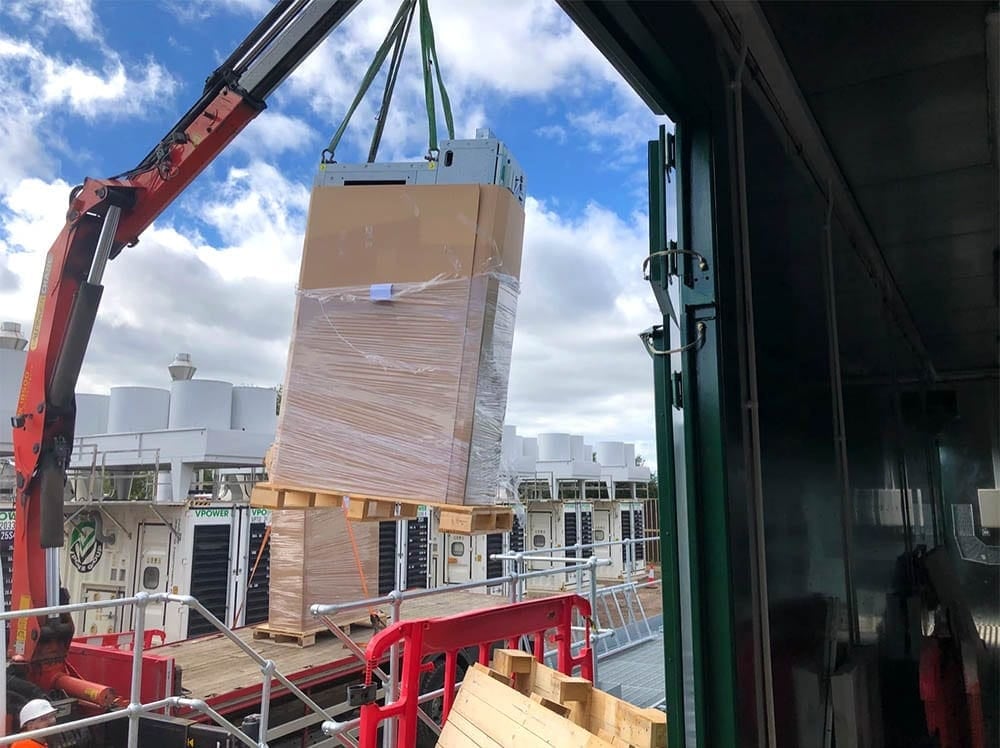

2.1 Foundations
The successful erection and operation of the switchboard depend very largely on the accuracy of the foundations. The most useful form of fixing medium for the type of switchboard considered here is some form of proprietary channel embedded in the floor, containing captive adjustable nuts.
Less commonly nowadays, holes may be cast in the floor in which suitable foundation blots can be grouted after the switchgear has been erected carefully.
Membership Upgrade Required
This content is not available in your premium membership plan. Please upgrade your plan in order to access this content. You can choose an annually based Basic, Pro, or Enterprise membership plan. Subscribe and enjoy studying specialized technical articles, online video courses, electrical engineering guides, and papers.
With EEP’s premium membership, you get additional essence that enhances your knowledge and experience in low- medium- and high-voltage engineering fields.
Black Friday Deal 💥 – Save 20% on Pro Plan with code BLACKFRIDAY
Copyright Notice
This technical article is protected by U.S. and international copyright laws. Reproduction and distribution of PDF version of this technical article to websites such as Linkedin, Scribd, Facebook and others without written permission of the sponsor is illegal and strictly prohibited.© EEP-Electrical Engineering Portal.
Related electrical guides & articles
Premium Membership
Edvard Csanyi
Hi, I'm an electrical engineer, programmer and founder of EEP - Electrical Engineering Portal. I worked twelve years at Schneider Electric in the position of technical support for low- and medium-voltage projects and the design of busbar trunking systems.I'm highly specialized in the design of LV/MV switchgear and low-voltage, high-power busbar trunking (<6300A) in substations, commercial buildings and industry facilities. I'm also a professional in AutoCAD programming.
Profile: Edvard Csanyi

